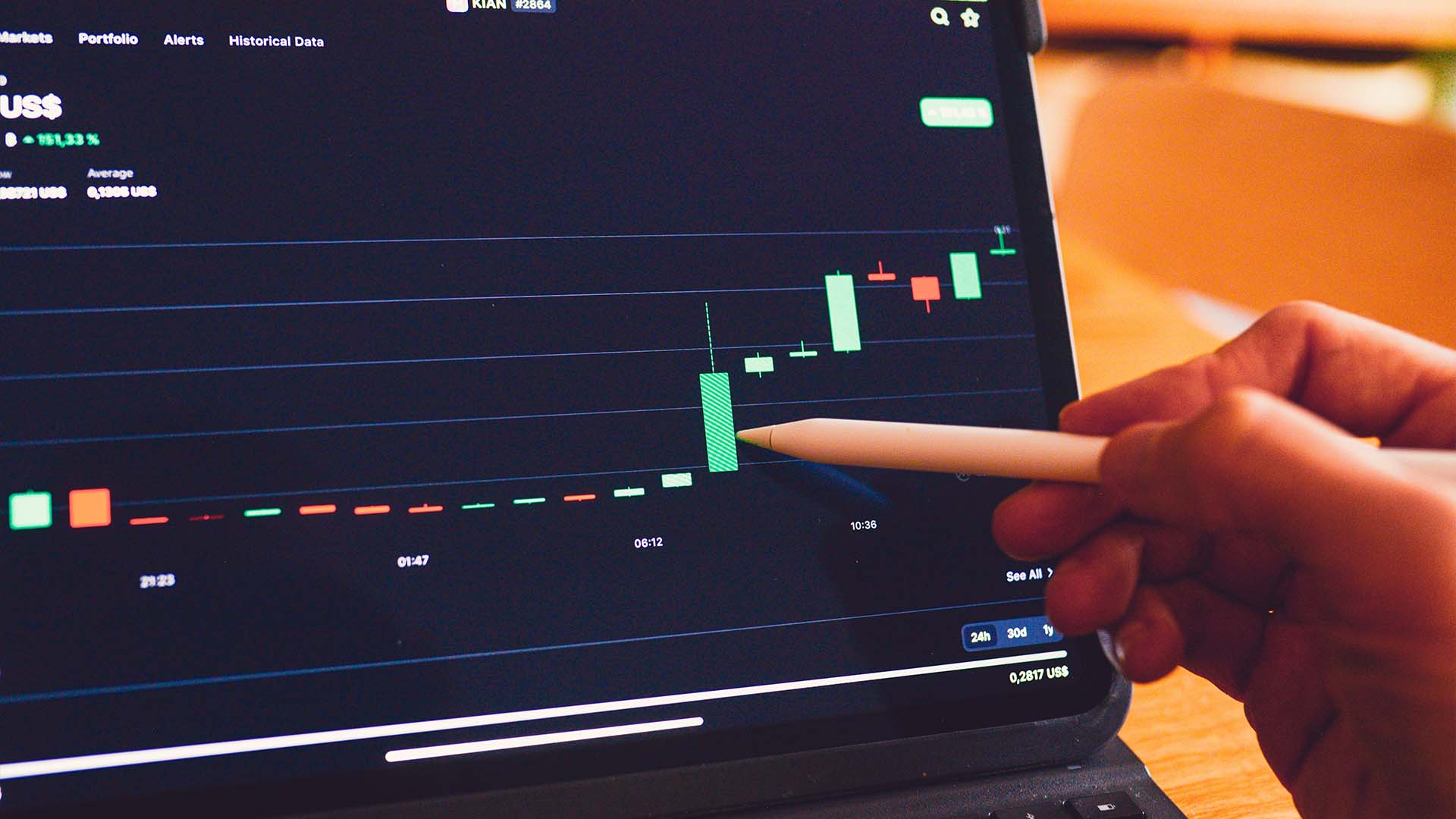As I write today’s option trading blog I recall the first day I started trading full-time, I sat in front of the screen and wondered, “Where are all of these great ideas going to come from?” My plan was to trade progressively and I knew that I could not afford to sit and rot while I held the best fundamental stock in the world. I had to find stocks that were on the move and were trending.
Technical analysis measures movement and it can be quantified. I knew the patterns I was looking for, I just had to figure out which studies and indicators would yield the desired results.
On a long-term basis here are a some of the things I look for. I want to see the 200-Day Moving Average (MA) higher today than it was 100 days ago. This tells me that the stock is gradually moving higher. I use ADX as a trending indicator and I want to see it on the rise and over 35. I also want to see the stock’s average daily volume rising over the last 20 trading days in relation to the last 60 days. There are many more macro conditions that I look for and I’m interested in relative value.
On a short-term basis, I have very specific “tail-end” patterns that I seek.
Breakouts/Breakdowns – I want a stock that has broken a 10-day high/low.
Gaps – I look for stocks were the low today is greater than the high the prior day (gap up) or stocks where the high today is less than the low the prior day (gap down).
Prior Gaps – I want to see stocks days after they have gapped. This allows me to gauge how strong/weak the stock is after the event.
Greenline/Redline – I look for stocks that have opened near their low and are closing on their high with an expanded trading range. The opposite is true for a redline. These stocks have made a very strong move in one direction the entire day.
Trend – I look for stocks that have been able to string together consecutive higher/lower closes. The stock has momentum and follow through.
My experience as a trader lead me to these conditions and patterns. They are high probability set-ups and after trying many software applications, I could not find one that would deliver the results. That’s when I decided to build a search program. During the process I learned that there is a fine balance between being too “open” and too “restrictive”. If a search returned too many symbols I wasted time. If a search excluded too many symbols I missed the best candidates. In time I found the solution – I used precise programs to eliminate 99% of the stocks and then I turned to the most powerful computer in the world – my eyes. I use my pattern recognition skills in the next step of the stock selection process.
The OneOption Scanner organizes over 70 searches for me. It allows me to quickly flip through the candidates and view charts. The searches are also organized by class and I know instantly what I’m looking for.
The searches do the heavy lifting for me. I’ve used technology to help me narrow my field of vision. As I continue the selection process, I will get closer and closer to finding a solid candidate.









